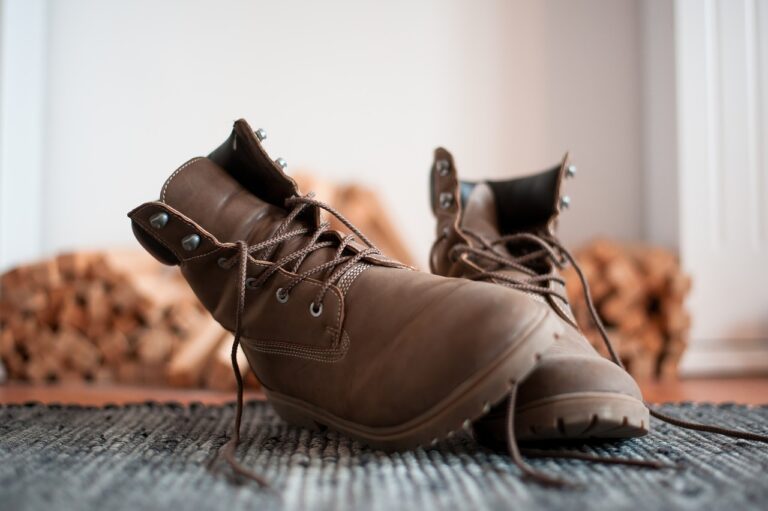The Role of Fashion in Preserving and Reviving Traditional Textile and Craft Techniques for Sustainable and Ethical Fashion Production
Traditional textile techniques play a crucial role in the realm of sustainable fashion. These age-old methods encompass a wealth of knowledge passed down through generations, contributing to the longevity and durability of garments. By utilizing these techniques, fashion brands can reduce their environmental impact by opting for time-tested practices over more resource-intensive modern methods.
Furthermore, traditional textile techniques serve as a catalyst for preserving cultural heritage in the fashion industry. By incorporating these techniques into contemporary designs, designers can pay homage to the rich history and artistry of various cultures. This harmonious blend of tradition and innovation not only adds depth to fashion collections but also fosters a greater appreciation for diverse cultural narratives.
Revival of Craftsmanship in Ethical Fashion Production
In the realm of ethical fashion, a notable trend has emerged – the revival of traditional craftsmanship. With a growing appreciation for artisanal skills and a desire for authenticity in fashion, designers are turning towards skilled artisans to produce intricately crafted pieces. This movement not only celebrates the rich heritage of various cultures but also helps in promoting sustainable practices by supporting local communities.
By incorporating traditional craftsmanship into their designs, fashion brands are able to create unique pieces that tell a story and showcase the expertise of artisans. This emphasis on craftsmanship goes beyond just aesthetics, as it also highlights the value of slow fashion and the importance of preserving age-old techniques in a rapidly changing industry. The revival of craftsmanship in ethical fashion production signifies a shift towards a more conscious and thoughtful approach to design, one that prioritizes quality over quantity and honors the craftsmanship that goes into creating each garment.
Preserving Cultural Heritage through Fashion
Cultural heritage is a vital part of our identity, passed down through generations with rich stories woven into every thread. The intersection of fashion and cultural heritage presents an opportunity to preserve traditions that risk being lost in the fast-paced world of trends. By incorporating traditional textile techniques into contemporary designs, fashion serves as a powerful medium to honor and celebrate the craftsmanship of our ancestors.
In a globalized world where cultural boundaries are blurred, the fashion industry has a responsibility to respect and uplift diverse traditions. By embracing indigenous textiles, patterns, and craftsmanship, designers can showcase the beauty and significance of cultural heritage. Through conscious consumption and promotion of ethical practices, fashion can become a platform for preserving and promoting cultural diversity, ensuring that the legacy of craftsmanship continues to thrive for generations to come.
• Embracing indigenous textiles and patterns in designs
• Showcasing the beauty and significance of cultural heritage
• Promoting ethical practices in fashion industry
• Conscious consumption to support cultural diversity preservation
Why is preserving cultural heritage through fashion important?
Preserving cultural heritage through fashion helps in keeping traditional textile techniques alive and promotes sustainability in the fashion industry.
How does the revival of craftsmanship contribute to ethical fashion production?
The revival of craftsmanship ensures that artisans are paid fairly for their work and helps in maintaining the authenticity of traditional techniques in fashion production.
How can individuals contribute to preserving cultural heritage through fashion?
Individuals can support sustainable and ethical fashion brands that prioritize traditional textile techniques and craftsmanship in their production process. They can also educate themselves about the cultural significance of different textile techniques.







